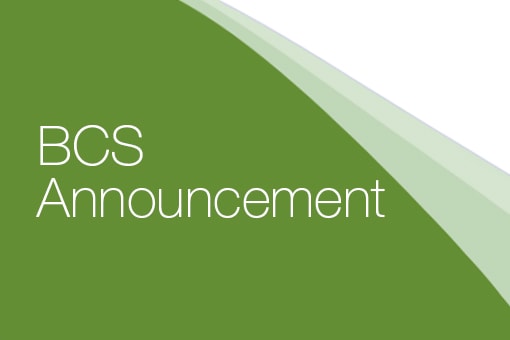Dear Colleague
In July 2020, the Medicines and Health Regulatory Authority (MHRA) issued a Medical Device Alert regarding cases of structural valve degeneration (SVD) affecting the 1st TrifectaTM and Trifecta GTTM aortic bioprosthetic heart valves.1 This follows publications of several reports from across the world about a higher than expected rate of premature SVD requiring reintervention. The document states:
“Data accumulated by Abbott through their TrifectaTM longterm (10 year) followup and durability studies conclude acceptable clinical outcomes. However, the manufacturer acknowledges that the design of the 1st generation TrifectaTM valve may increase the likelihood of early degeneration. Specifically, the SVD seen may be a result of having a valve design with externally mounted leaflets, in combination with a stent that may be deformed during implant. Improvements to the valve leaflets and reinforcement of the stent, implemented in later designs, are expected to reduce this risk.”
In 2019, the British Heart Valve Society (BHVS) and British Society of Echocardiography published joint guidance on frequency of echocardiography and followup for patients with replacement heart valves.2 In this document, the two societies advocated annual echocardiography for patients that receive an aortic bioprosthesis for which adequate longterm durability data do not exist – this includes the TrifectaTM valves, which contain externally mounted bovine pericardial leaflets.
| Valve Type | Indications | Frequency |
| Mechanical valve in aortic, mitral or tricuspid position | Baseline echocardiogram normal | No routine follow-up usually required |
| Biological valve | TAVI, new designs for which adequate durability data do not exist, Ross procedure | Annual from implantation |
| Biological valve | Mitral or tricuspid position, aortic xenograft age <60 at implantation (or other major risk factors, e.g. renal failure, severe patient–prosthesis mismatch) | Annual from 5 years after implantation |
| Biological valve | Designs in the aortic position with proven longevity e.g. Edwards Perimount, Medtronic Hancock II in patients aged ≥60 at implantation | Annual from 10 years after implantation |
As a result of the MHRA guidance, the BHVS wishes to reemphasize annual follow up with annual echocardiography for patients that have received a 1st generation TrifectaTM or Trifecta GTTM bioprosthesis. Provision for echocardiography remains restricted due to the COVID19 pandemic, but we recommend that patients with TrifectaTM valves are prioritized. Finally, the BHVS, BCS and SCTS, as well as the MHRA, encourages cardiac surgeons and cardiologists to continue to report all adverse incident reports, including early events of SVD / NSVD (nonstructural valve deterioration), to both the manufacturer and the MHRA.
Dr Benoy N Shah
President, BHVS
Professor Simon Ray
President, BCS
Mr Simon Kendall
President, SCTS
References
- Abbott Trifecta / Trifecta GT bioprosthetic aortic heart valves: cases of structural valve deterioration (SVD). Medicines and Healthcare Products Regulatory Authority Medical Device Alert. MDA/2020/019. Issued July 6th, 2020.
- Chambers JB, Garbi, Briffa NP et al. Indications for echocardiography of replacement heart valves: a joint statement from the British Heart Valve Society and British Society of Echocardiography. Echo Res Pract 2019; 6(1): G9G15

